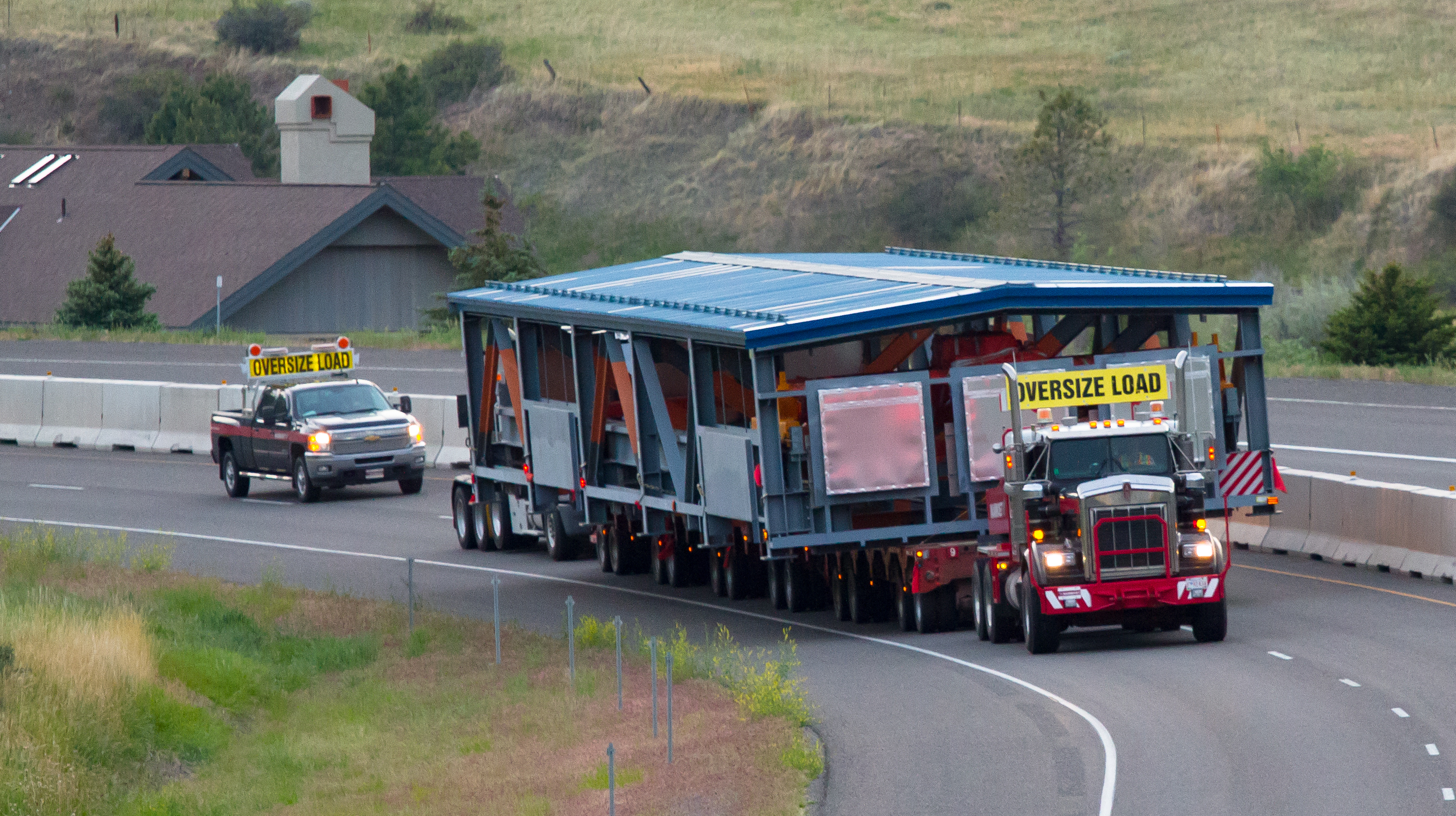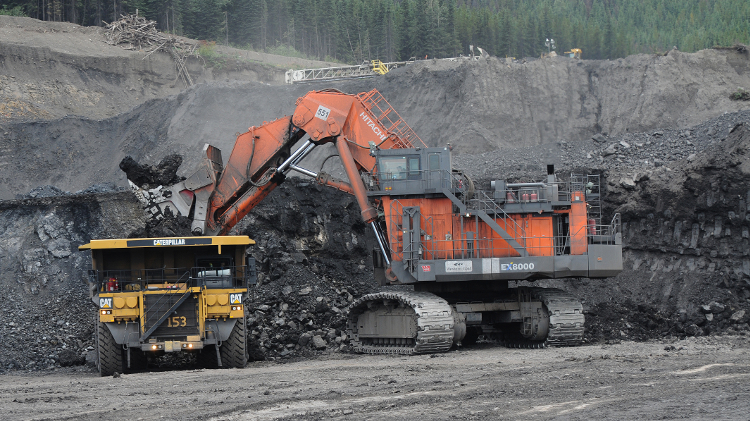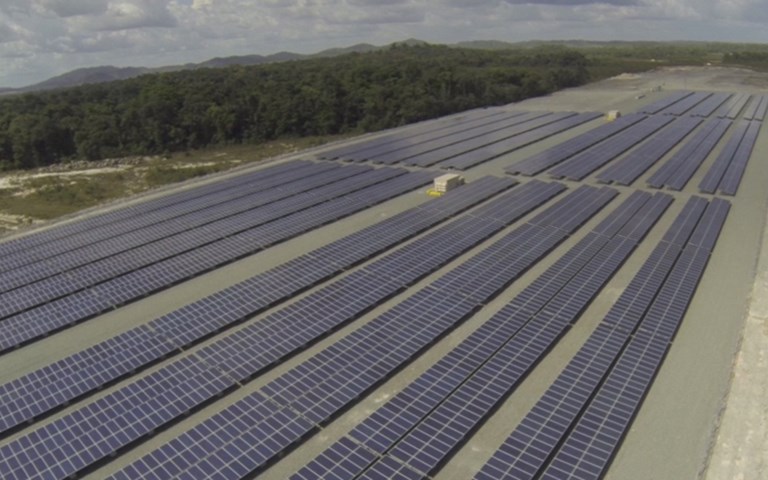Rosebel’s solar plant is on an old airstrip and is made up of more than 16,000 panels. Courtesy of Iamgold
A combination of rising power costs, the need to mine harder rock, and a lack of additional capacity in the country’s major hydro facility prompted Iamgold to install a five-megawatt (MW) solar plant at its Rosebel open pit mine in Suriname last year.
Since Rosebel started commercial production in 2004, its power needs have increased 400 per cent as the mill was expanded and the rock being mined has become harder. Energy consumption at the mine peaked last year at 32 MW, up from 8 MW when it opened. “There’s more processing required to handle the harder rock, [and] additional crushing and grinding equipment has been installed, as well as a throughput increase,” says Ronald Halas, Iamgold’s vice-president, commercial for South America. “There are more tonnes per day going through the process plant, and they’re harder tonnes.”
Although the company was able to negotiate with the Surinamese government to lower the cost of power to 14 cents per kilowatt-hour, down from 20, it began looking at alternative energy options in 2013 to help lighten its use of the country’s hydro grid. After reviewing studies, Iamgold deemed solar the best economical and environmental solution. “It’s a proven technology,” Halas says. “We were quite confident that it would work.”
The solar plant comprises more than 16,000 panels, which were set up on an old airstrip at the Rosebel site. During peak hours, the plant produces the full 5 MW, and the mine uses it all. With peak and non-peak production averaged out, the facility’s output is the equivalent of the mine receiving 1 MW of solar energy, 24 hours a day. “All the energy that’s produced by the solar plant is used instantaneously,” he says.
The solar plant is connected to Suriname’s 161 kilovolt (kV) national power grid, through the Rosebel mine’s internal 12.4 kV grid. But because Rosebel consumes all of the power produced by the solar plant, in the end it does not add any power to the national grid.
Piecing it together
Iamgold staff made the decision to go ahead with the plant in August 2013. During the third and fourth quarters of that year, the company’s in-house engineering-construction group oversaw detailed engineering work done on solar panels by WTEC, a Florida-based renewable energy company.
In December the company put up a call for bids for the panels, cables, aluminum frames known as racking, and concrete ballasts necessary for the plant. ET Solar was selected to supply the panels, and World Technology Corp. the aluminum racking, while the cables were procured from various U.S. sources and the ballasts were manufactured locally. Iamgold chose four local contractors out of more than a dozen bidders to complete the civil and electrical work on the site.
Iamgold initially expected the solar plant to cost between $12 and $14 million. The final tally fell just under the lower end of its estimate. Halas says one of the reasons for that was the bidding process. “Going out for competitive bids for a number of contractors, it ended up that our labour costs for this type of work in Suriname were cheaper than expected,” he explains. “As well, the market for panels was quite good, and some of our purchases cost less than we budgeted for.”
The supplies for the plant were delivered to the site by April, all arriving by ship. Rosebel’s site is connected to the port, just less than 100 kilometres (km) away, by a good-quality sealed asphalt road, except for the last 10 km, making the trip relatively seamless. “We’ve been operating in the country for years and we understand the logistics,” Halas points out. “It was quite straightforward to get items from the port to our site.”
The plant’s construction took a workforce of about 120 Surinamese three months, ending in July. The local labour force is something Halas says Iamgold benefitted from in multiple ways. “We had only a handful of expatriates to manage the local workforce, but the people of Suriname are very skilled,” he says.
The location of the plant was also a boon for the company: the old airstrip it now sits on had already been cleared and levelled years ago, so the site only required minor levelling and grading to prepare it for the panels. “We had to fix up the gravel and level it a bit better, but we did not have to go in and, say, cut down eight hectares of scrub,” Halas says.
A forklift was used to install 1,960 concrete ballasts in surveyed locations, chosen to ensure the panels were aligned and properly spaced. The aluminum racking, which holds the panels in place, was assembled on site and attached to the ballasts.
The panels themselves, measuring roughly one metre by two metres, arrived at the site individually packaged. The local contractors attached the 16,300 loose panels to the assembled aluminum racking system using bolted connections. Contractors also excavated trenches so that electrical wires would not be a tripping hazard after the project was finished, and completely filled them after the plant was assembled.
Since Rosebel started drawing energy from the solar plant in August, Halas says the system has outperformed engineers’ predictions by delivering between five and 10 per cent more power than expected. Solar energy now represents about three per cent of Rosebel’s total energy draw. Halas estimates Iamgold is saving around $5,000 per day in energy costs by using the plant.
A long-term investment
The Surinamese government, which Halas says is “pro-renewables, and looking at increasing the total renewable energy in the country,” has been supportive of the initiative. Like Iamgold, it sees the plant as a legacy project for the country.
“Whenever we decide that we’re going to stop mining gold, the solar panels will stay in the country as something that the people of Suriname can take advantage of in the future,” Halas says. The company has partnered with the country’s ministry of natural resources, university, high schools, and national power company to provide tours of the plant so people in Suriname can learn more about the benefits of solar energy.
Halas says he is optimistic that Rosebel’s project will inspire others similar to it: “What I like to think is that this is not the only, but the first of many five-megawatt or large-scale solar plants in Suriname.”




